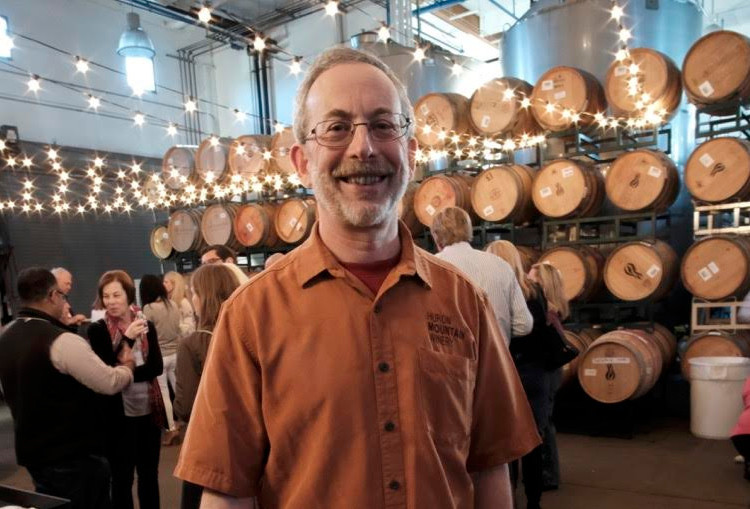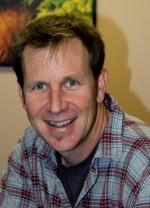
Richard Baron
The intersection of art and science has had a particular interest since I learned how to do black and white photo processing on the yearbook staff. Or, as I embarrassingly told a friend and her brother during a darkroom tour, “I started developing in high school.” Winemaking followed as part of a wild foods independent study, and thanks to an open-minded school principal and parents. The elderberry was good, the apple not so much.
Fast forward to law school where as one of my many jobs, I worked in the wine department at the now defunct Knapp’s Department store. With very little in discretionary funds available, it was a huge plus to be paid to go to “double blind” wine tasting as part of the buyers group. Two decades later, I discovered a startup winemaking facility in San Francisco where I could bring in Napa Cabernet and make my own wine on a production scale.
Today, our facility is in Napa where we make limited production barrel quantities of Cabernet Sauvignon. Since 2004 we have been buying grapes from some of the best vineyards, including Stagecoach and To-Kalon for our limited release Cabernets. It is fascinating and rewarding to see the wine in the bottle become much more than the individual varietals that make up the final blend. So many variables influence the flavor profile, from vineyard, varietal, clone, harvest date, irrigation (or not), yeast selection, fermentation temperature, barrel choices, and blending. As to the last point, after all is said and done, a percent or difference in the addition of Merlot or Petit Verdot (one of my favorites) has a huge amount of influence on the manner in which the wines express themselves.

